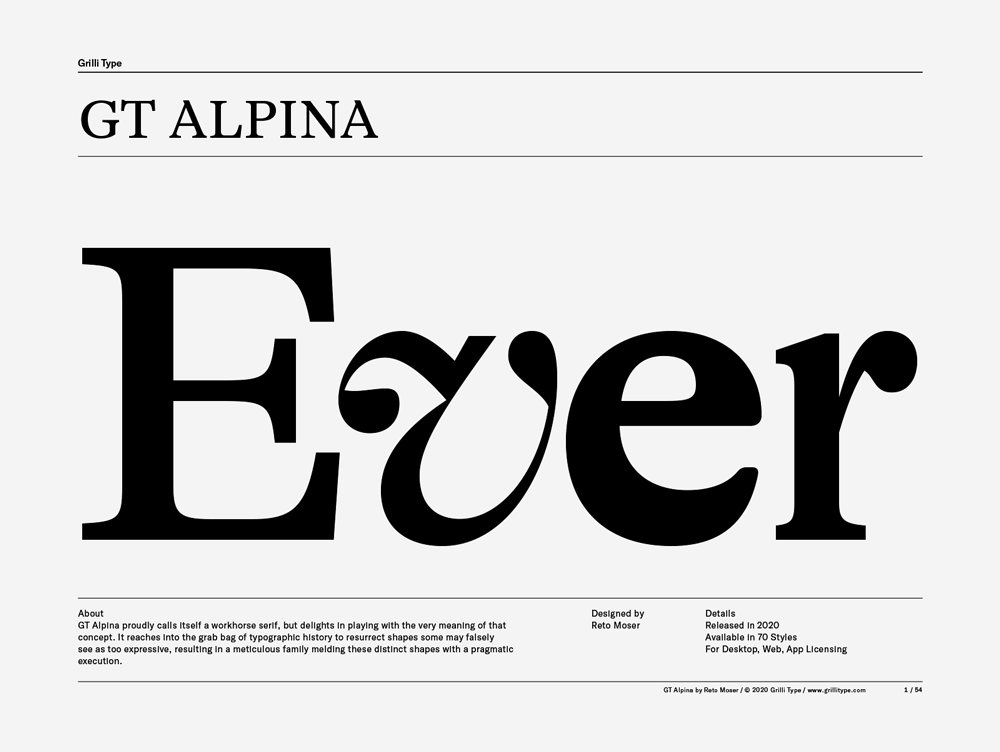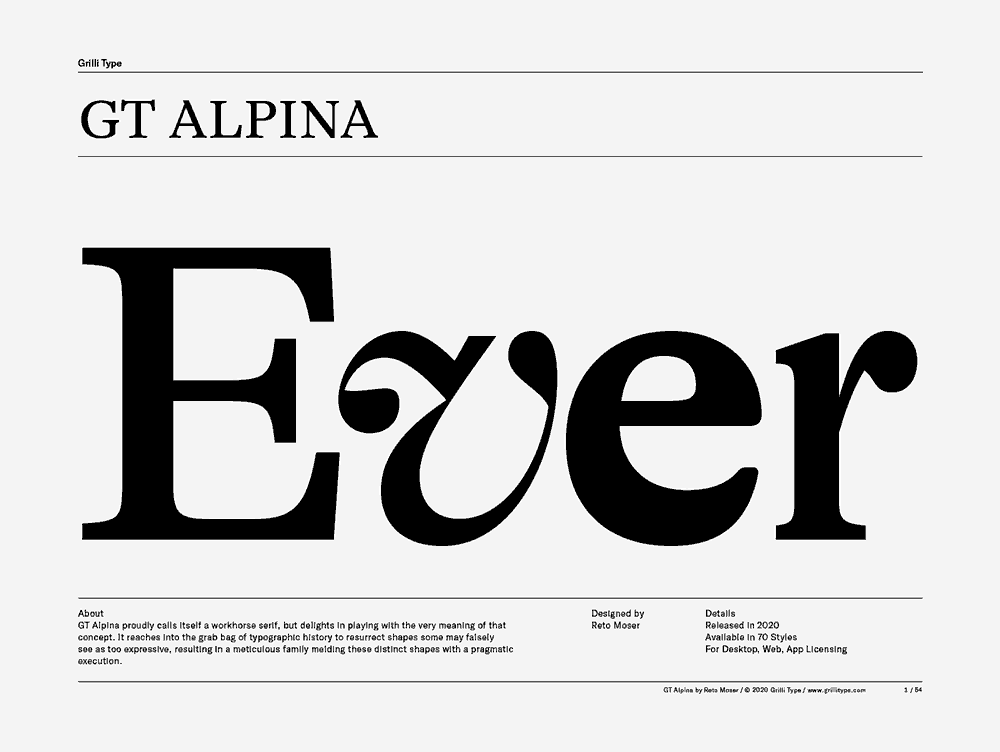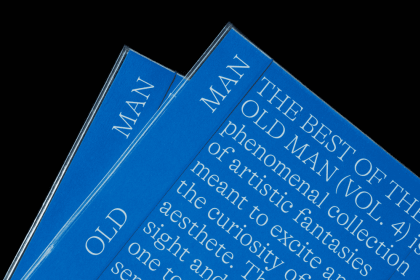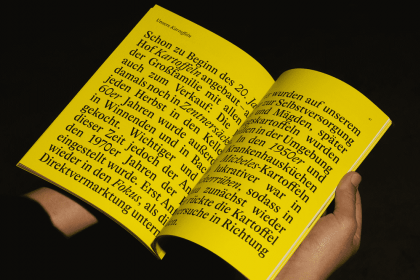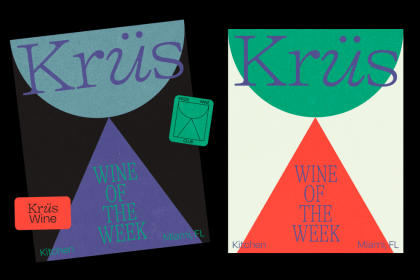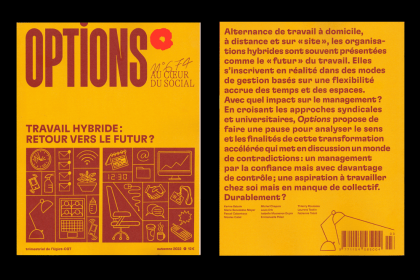GT Alpina
Family overview
- Condensed
- Thin Italic
- Light Italic
- Regular Italic
- Medium Italic
- Bold Italic
- Standard
- Thin Italic
- Light Italic
- Regular Italic
- Medium Italic
- Bold Italic
- Extended
- Thin Italic
- Light Italic
- Regular Italic
- Medium Italic
- Bold Italic
- Fine Condensed
- Thin Italic
- Light Italic
- Regular Italic
- Medium Italic
- Bold Italic
- Fine Standard
- Thin Italic
- Light Italic
- Regular Italic
- Medium Italic
- Bold Italic
- Fine Extended
- Thin Italic
- Light Italic
- Regular Italic
- Medium Italic
- Bold Italic
- Typewriter
- Thin Italic
- Light Italic
- Regular Italic
- Medium Italic
- Bold Italic
Subfamilies
- Standard ThinIn 1811, the brothers Johann Rudolf (1768–1825) and Hieronymus Meyer, sons of Johann Rudolf Meyer (1739–1813), first reached the Valais by way of the Grimsel
- Standard Thin ItalicPreboreal (10 ka–9 ka BP), Boreal (9 ka–8 ka BP), Atlantic (8 ka–5 ka BP), Subboreal (5 ka–2.5 ka BP) and Subatlantic (2.5 ka BP–present).
- Standard LightThe Matterhorn hut was built in 1865, the Mountet in 1871, the Weisshorn Hut in 1876, the Concordia on the Aletsch glacier and the Boval hut in 1877.
- Standard Light ItalicNiesen is a great small day excursion from Bern. We had a great time. Beautiful views.
- Standard RegularThe English word Alps derives from the Latin Alpes (through French).
- Standard Regular ItalicThe Mont Blanc massif is popular for outdoor activities like hiking, climbing, trail running and winter sports like skiing, and snowboarding
- Standard MediumNorgay had reached 8,595 m (28,199 ft) the previous year as a member of the 1952 Swiss expedition.
- Standard Medium ItalicThe Holocene is the current geological epoch. It began approximately 11,650 cal years before present
- Standard Bold1:25.000 This is the most detailed map, useful for many purposes. Those are popular with tourists, especially for famous areas like Zermatt and St. Moritz.
- Standard Bold ItalicThe top of the mountain often has a mushroom of rime ice, formed by the constant strong winds, increasing the difficulty of reaching the actual summit.
- Settings
Typeface information
GT Alpina proudly calls itself a workhorse serif, but delights in playing with the very meaning of that concept. It reaches into the grab bag of typographic history to resurrect shapes some may falsely see as too expressive, resulting in a meticulous family melding these distinct shapes with a pragmatic execution.
Typeface features
OpenType features enable smart typography. You can use these features in most Desktop applications, on the web, and in your mobile apps. Each typeface contains different features. Below are the most important features included in GT Alpina’s fonts:
- SS01
- Alternate J
Jungfrau
- SS02
- Alternate ?
¿Ascensión?
- SS03
- Alternate &
Piz & Palü
- SS04
- Alternate @
M@terhorn
- ONUM
- Oldstyle Figures
0123456789
- SMCP
- Small Caps
Greina Pass
Typeface Minisite
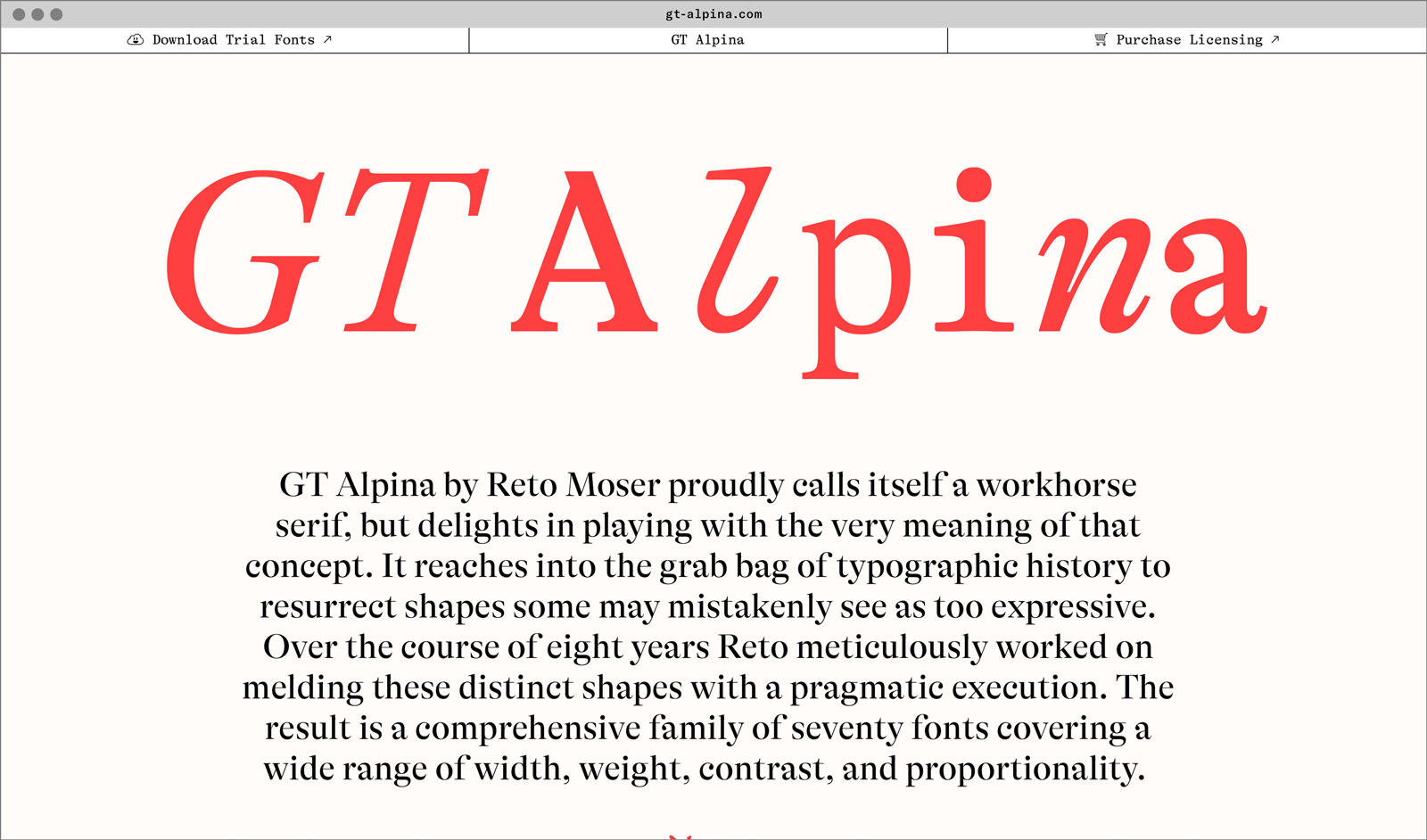
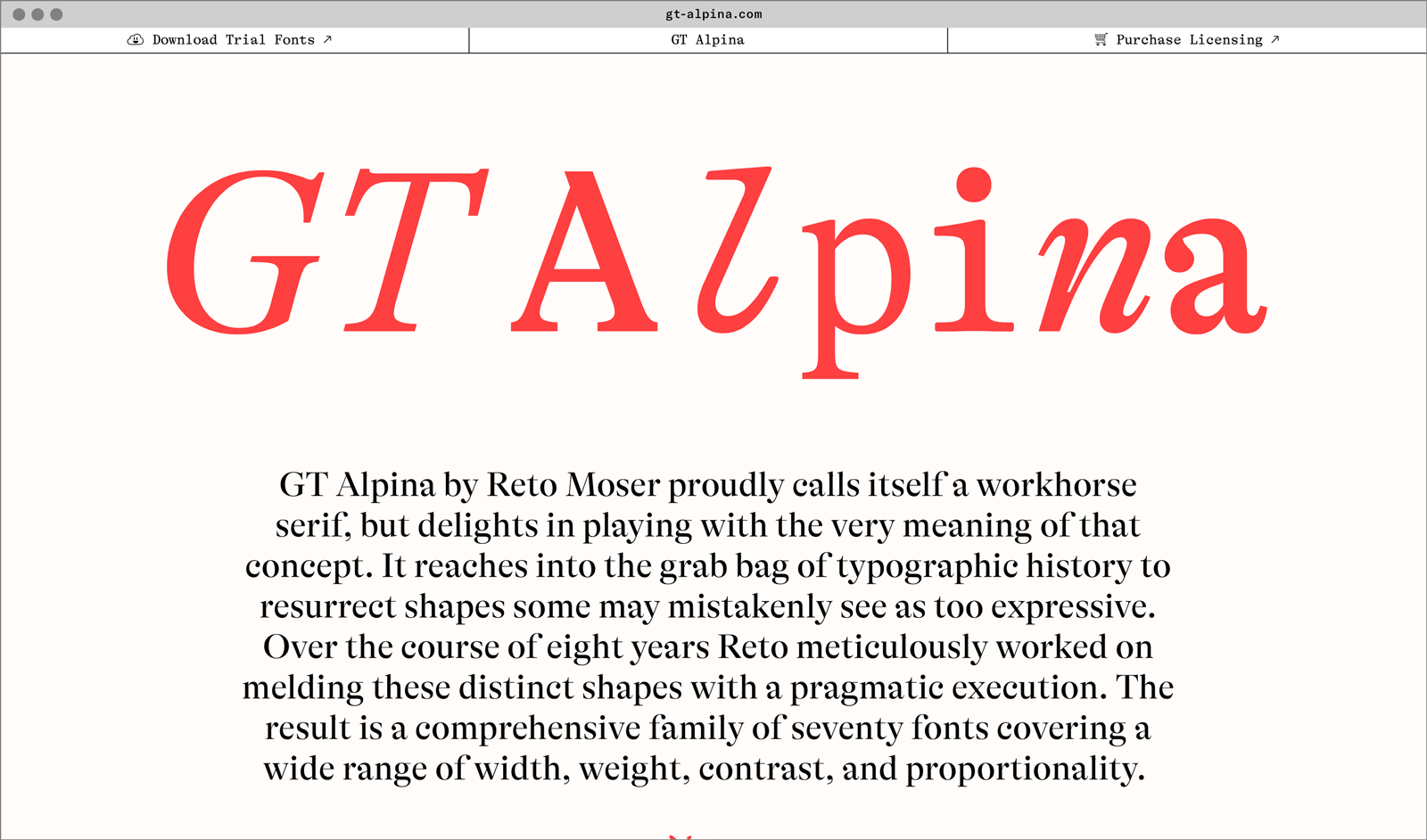
- Visit the GT Alpina minisite to discover more about the typeface family’s history and design concept.
GT Alpina in use
